You in all probability already know the purpose of the radiator and the cooling system in your gondola.
When you are driving fast, the wind passes through the radiator to cool down the coolant blue without issues, but when you are driving slow, no wind is pushed through the radiator. This is why we employment a radiator fan.
Unfortunately, the radiator winnow can break and will cause your car to overheat.
What causes the radiator to stop working?
The most common reasons a radiator fan is not working are luckily due to a gasping fuse, bad relay, or a broken wire. It stern likewise be caused away a faulty coolant temp sensor, low coolant level or the fan itself can be scorched.
While these are some of the reasons, it is not all of them. Here is a more detailed list of the well-nig common causes of a radiator fan not coming on:
7 Reasons Wherefore Your Radiator Rooter is Not Working
1. Gasping Fuse

A fuse supports almost everything electrical in a car. If there is an electrical surge going towards a art object of electronic equipment, the fuse cuts the tense supply to that fastidious equipment saving it from wipeout. This is what we send for a blown fuse.
A blown fuze is no big cope, and changing one does not cost a lot of money. If your car's radiator fan is non-operative, check your elevator car's user manual of arms and locate the fuse for the radiator fan controller OR the fan.
The fan itself often uses a proud fuse of just about 50A, while there might also be a separate teensy-weensy fuse to the sports fan control module. Remember that if the fan fuse is blown – thither might be a problem with the wirings Oregon the radiator rooter.
2. Faulty Coolant Temperature Sensor
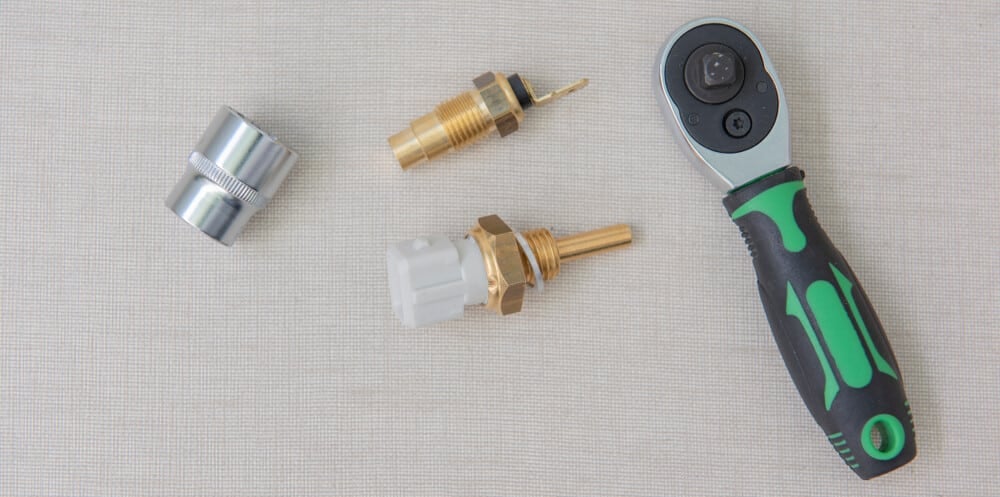
There are often two different systems in different car models. Either your fan control is integrated into the locomotive see to it unit, or you have a separate fan control module. In both cases, the control units use a temperature sensor to know when to start the radiator fan.
If this temperature sensor is broken, the control building block will not know when to start the radiator rooter.
Approximately cars use separate engine coolant temperature sensors for the radiator devotee and the engine insure unit.
You need to check your repair manual of which temperature sensor controls the radiator fan and so electrical resistance-measure the sensor with a multimeter to ensure it is utility.
3. Broken Wiring or Uncollectible connection
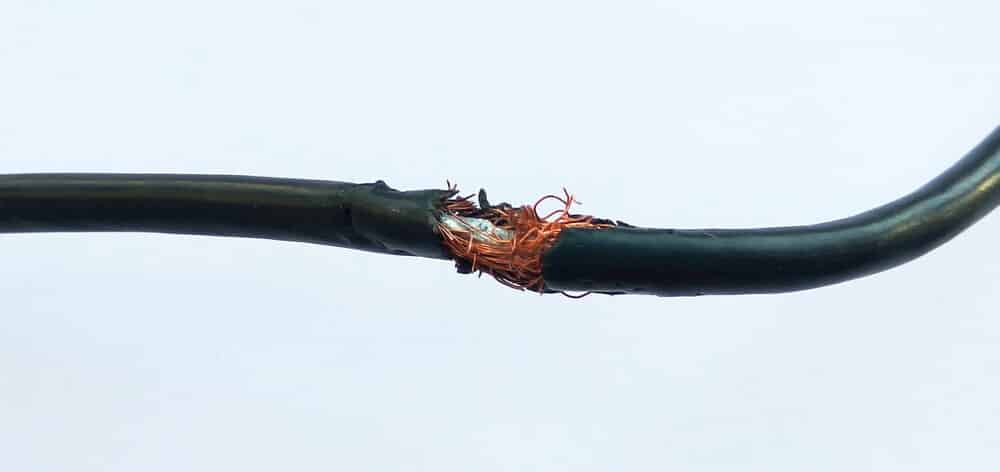
If the devotee is not working even when the automobile is overheating, there might embody a wiring issue or a unfavorable connection.
Arrest the wirings passing to the radiator fan from the control unit or electrical relay. Check in the connector plugs for whatever signs of corrosion. As wel, check over the connector plugs at the relay and control unit.
Measuring the wirings with a multimeter is often non very effective, as you deman to put a load on the wires to see if they are in working order. Yet, as a fast test, you can check with a multimeter if power is advent to the radiator fan.
4. Insufficient Coolant
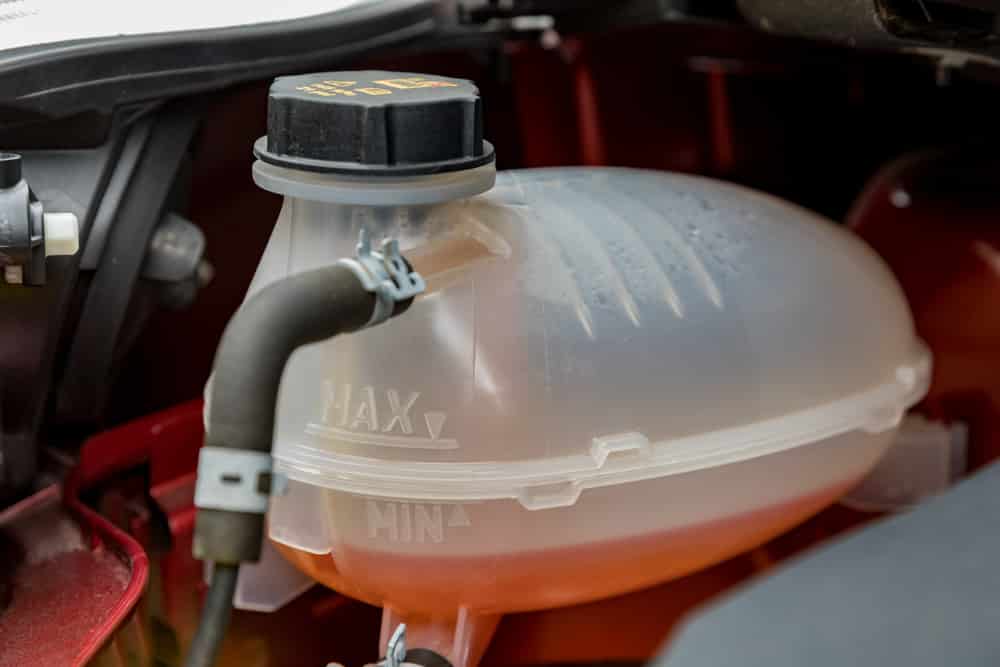
If your coolant even is low, there is a chance that you will get air in the system, and the coolant temperature sensor will not learn the coolant temperature correctly. If the coolant level is low, you pauperization to fill again the coolant to optimum levels.
Unsuccessful to do indeed could risk your engine becoming overheated and appropriated. There is no coming back from a condemned locomotive engine unless you are willing to spend a lot of money.
5. Tame Radiator Sports fan
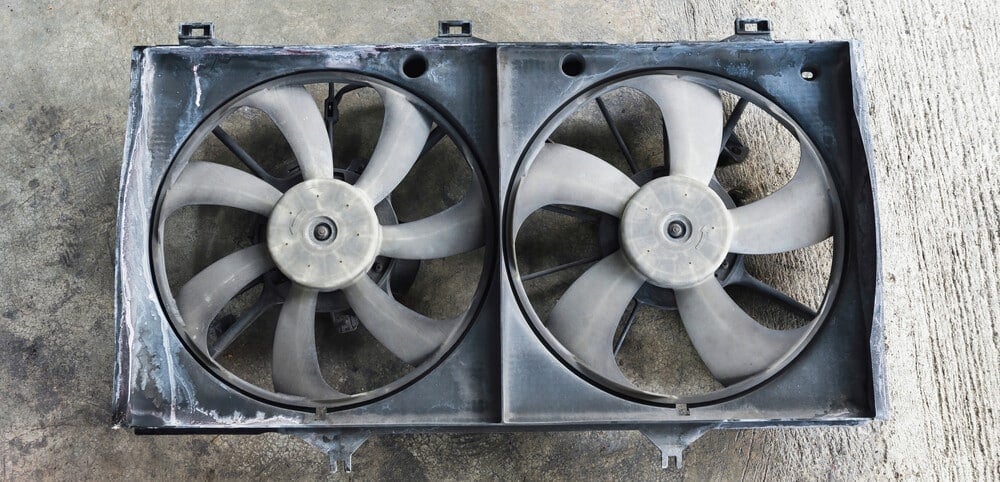
When your radiator fans are not coming on, it tin also be caused aside faulty radiator fans. The radiator fans have electric motors inside of them, which will wear out after some years.
You can mental test the electric radiator fans by taking a wire from the automobile battery, unplug the radiator devotee connector, and put 12v+ and ground into the connector. This is the fastest and easiest way of life to test your radiator fans.
6. Faulty Fan Relay
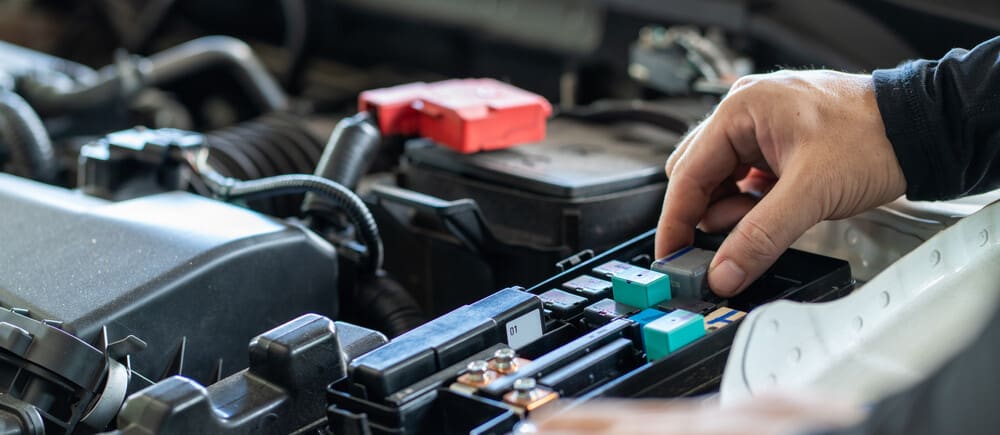
Because the radiator lover is often drawing soh much power, there is often a relay powering the coolant buff. Of course, this relay can get damaged, which volition cause the radiator fan to not coming on.
The fan relay is often located in the railway locomotive bay's fuse box, but the unexceeded way is to hitch your repair manual to find where it is located.
Examination a 4 pin relay is often very straightforward. Remove the relay and hand out 12 volts to pin 30 and 85. Ground pin 86 and check-out procedure if there is voltage coming out from PIN number 87. It is even better to connect rowlock 87 to something that draws a lot of power, like the fan, for example.
7. Unskilled Fan Controller Mental faculty
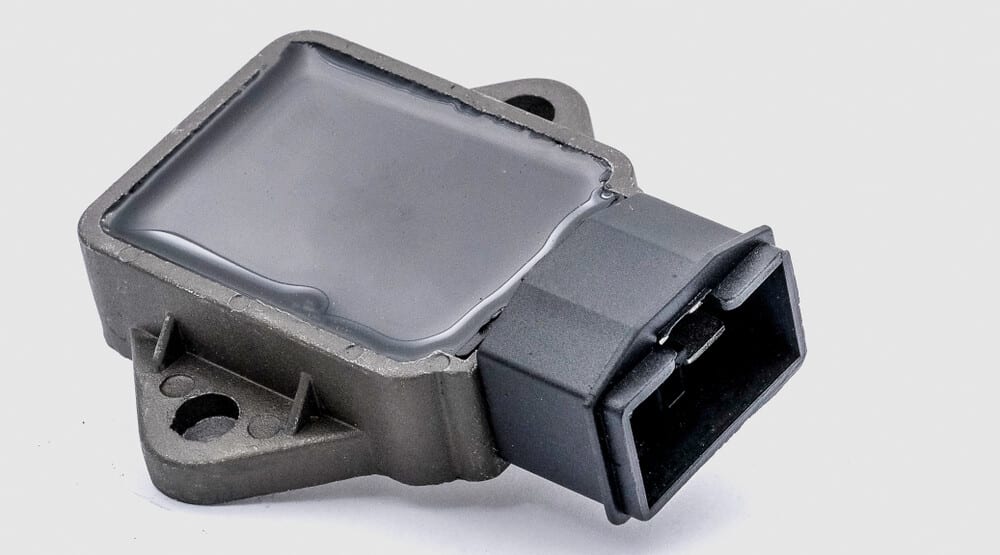
As I discussed before, close to cars take up a separate control module for just the radiator fan control. This control module is often installed in the locomotive engine embayment, exposed to rut and dust. This potty make the control mental faculty die after a patc because of corrosion.
Site the relay and check for any visual damages outside of it. You can often also pioneer the relay and check for any bad solderings or corrosion. Supplant it if you see any problems.
Rad Fan Wont Turn on in 05 Sliverado
Source: https://mechanicbase.com/electric/radiator-fan-is-not-coming-on/